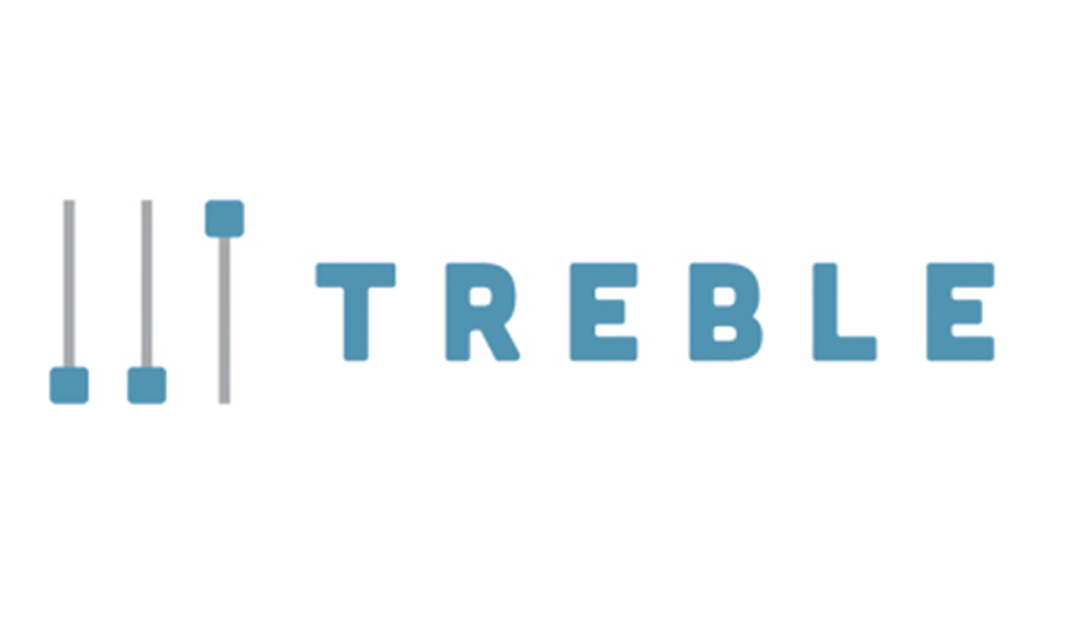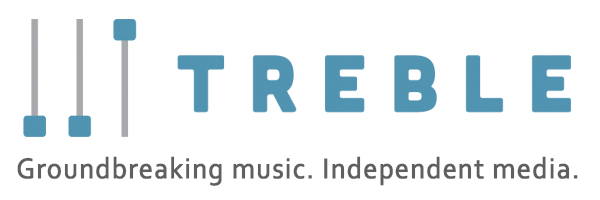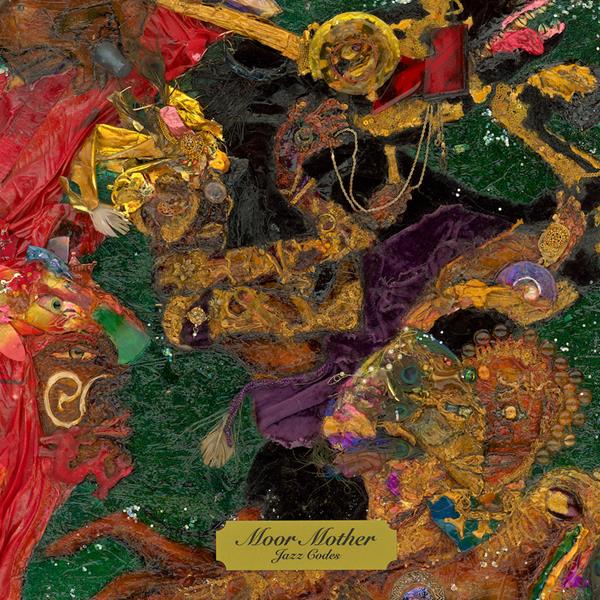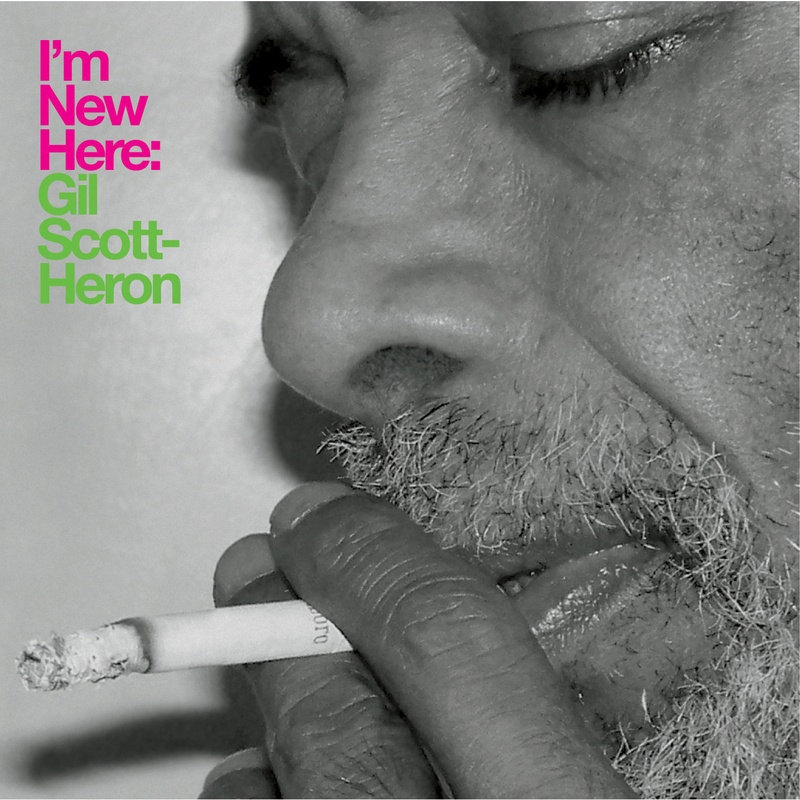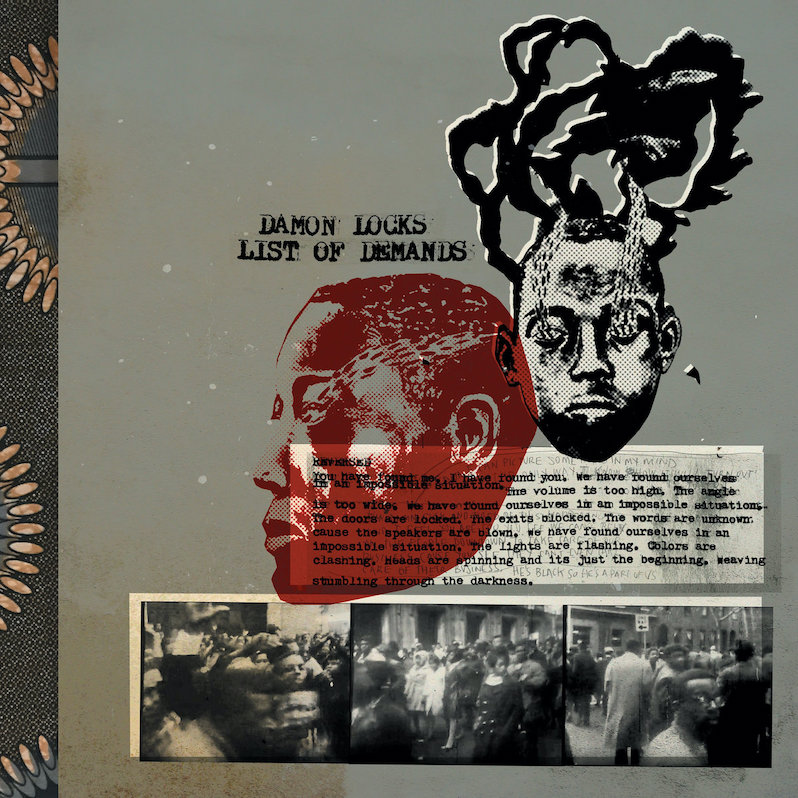Lonnie Holley : Tonky
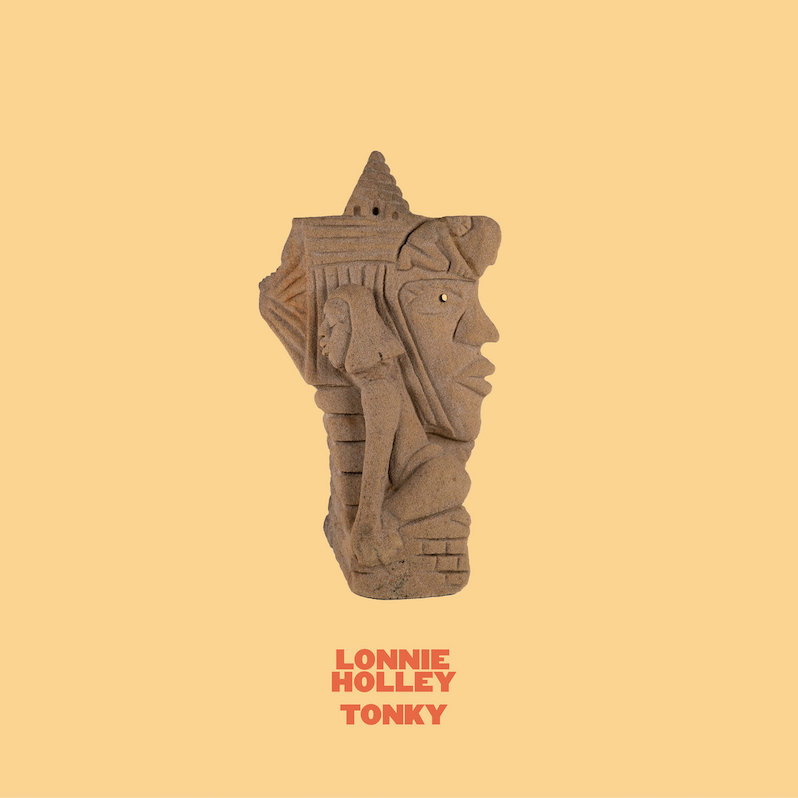
First, a point of correction. A few years ago when reviewing a previous Lonnie Holley record, Broken Mirror, made in collaboration with Matthew E. White, I wrongly presumed that the direction of the music was more driven by Holley than it turned out to be. Beyond wanting to offer a direct apology to White regarding that error, it also offered an instructive view of the compositional process for Holley’s work overall. While before I was hesitant to underplay the influence he may have had over the music he played on, an overly common critical affect when approaching this type of post-blues music which often sees its poets undervalued as musicians, I had mistaken the precise nature of his collaborative process, which seems instead to skew often on finding music or backing bands or players that move him and then letting them develop the music as they see fit. This seems to be generative to a kind of narrative and poetic freedom on Holley’s part, where he can immerse himself in freshness within the contours and evocations of the music the exact way a listener would.
Here, the music is shifted once again, drawing from a slightly more motorik form of the post-ambient work he has been playing with ever since MITH, that still-tremendous breakthrough record of his which has set the stage for the past four additional records counting this one. The collaborators’ pool is much, much wider this time, a well-earned bit of esteem for Holley, who is as accomplished a storyteller in music as greats like Lou Reed, Laurie Anderson and Bob Dylan before him, and whose continued high caliber of work has inspired a similar level of esteemed players of the underground to come to his side. The result is a sonic palette which often skews shockingly close to Peter Gabriel’s own solo work, especially from 1992’s Us onward, which saw a greater interpolation of world music, funk and more. And, no knock to Gabriel’s rightly esteemed body of work, Holley seems far more natural in the role of raconteur over this type of material than that far more commercially successful figure has been.
There is an earthiness to the drawled blues of Holley’s voice, a natural cadence to his voice that makes me instantly feel like I’m a child again sitting cross-legged before someone reading out loud to me or a family member telling me stories about our history. The comparison in the promotional matter for this record to the poet Mary Olivier is tremendously apt; the key differentiation between good lyrics and good poetry is the ability to chew deliberately over small and seemingly innocuous details until they crack open and reveal their spirit, be it the hardness of the bone or the unity of the white of feathers and dried calcium and talc. Holley rides the line between talking blues and recitation of automatic poetry. You can practically hear him closing his eyes listening to these tracks with their richness and depth, electronics and clarinets, harps and drum machines, guitars and synth pads, and calling to his lips a spirit rather than a composition. It leaves me deeply curious about how much of his personal contributions are written and how much are improvised; each would highlight different aspects of his process, would shift the interpretation of this work in different ways, without strictly undercutting it in either instance. A great blues or jazz player that can call to being compelling work ab nihilo is a different kind of composer than someone who can write it all down and yet play it as though it was extemporaneous.
Is it a critique to say this record feels incomplete? I don’t think so. MITH so far is the only work of his that felt complete, per se, a total vision of an aesthetic captured in the hyper-fertility of the germinating seed. Each of his four records since, this one included, feel like Holley and his deepening list of contributors, collaborators and co-writers mapping out the fullness of where this vision might go. Tonky, like Oh Me Oh My and Broken Mirror and National Freedom before it, feels like a gainful step toward the limits and totality of what Holley might be able to provide while still not yet approaching its limit. There is something at once deeply frustrating and thrilling that it seems no matter how good he is, how many new textures, be they industrialized or orchestral or kosmische or lite funk, seem to work well with his natural cadence, that we have yet to get the work from him, the one that underscores once and for all the completion of his vision. Granted, we are hearing a musician who started their career where a previous player like Lou Reed once ended theirs, where the exciting and deeply varied projects of his later years are now the works du jour of Holley. We cover him so consistently not just because of the consistent excellence of work with his name on the cover but that continuing sense that we haven’t yet seen the one. I sit with bated breath to see what his Soused might be, his Zen Arcade, his Dark Magus.
Label: Jagjaguwar
Year: 2025
Similar Albums:
Note: When you buy something through our affiliate links, Treble receives a commission. All albums we cover are chosen by our editors and contributors.
Langdon Hickman is listening to progressive rock and death metal. He currently resides in Virginia with his partner and their two pets.
